Treat yourself to a once-in-a-lifetime Great Migration safari holiday. Our Wildebeest Migration Safaris itineraries start with Nairobi in Kenya or Arusha Tanzania but are completely customizable to your preferred length of stay and travel needs.
From mid-June to November, grab yourself front-row seats to the drama and action of Wildebeest Migration River crossing season, while also enjoying serene sunset moments in the vast open landscapes of Africa.
On your Great Migration Kenya itinerary, you’ll begin in Tsavo West National Park combined with the majestic land of elephants Amboseli National Park or Samburu National Reserve Combined with Lake Nakuru National Park before visiting the iconic Masai Mara.
Alternatively, go on a Wildebeest Migration safari for 10 nights in Tanzania’s world-famous Serengeti National Park, where you’ll enjoy the comforts of the best migrations camps in Serengeti, or book an entire week in Masai Mara National in a river-facing wildebeest migration safari camp as you wait for the magical crossings.
Whether you’re ready to travel now or are considering a wildebeest migration safari in the future, enquire with us and our friendly expert safari consultants will be happy to advise you, confirm availability, and provide you with a quote.
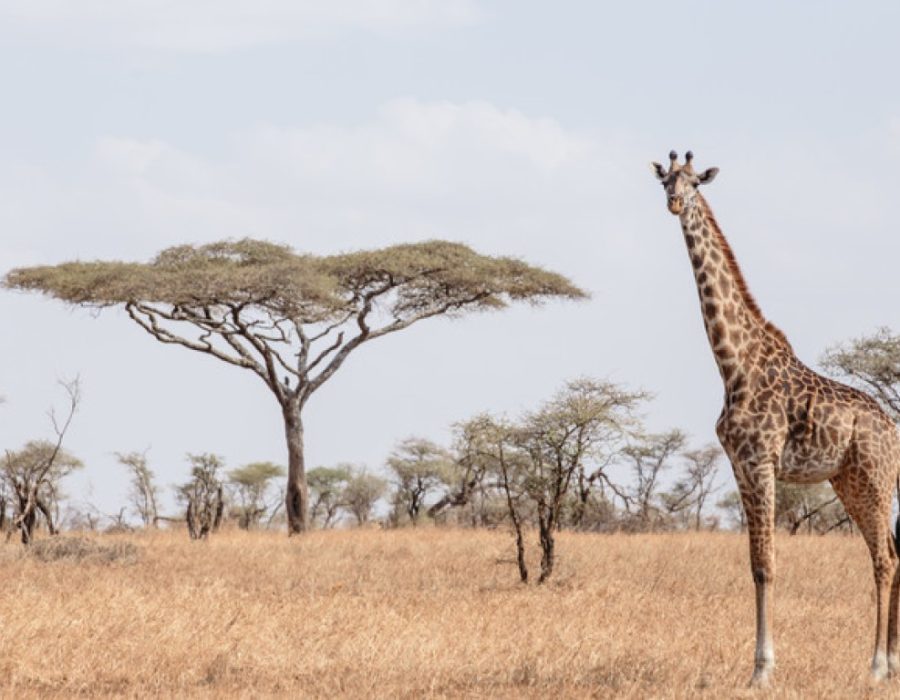
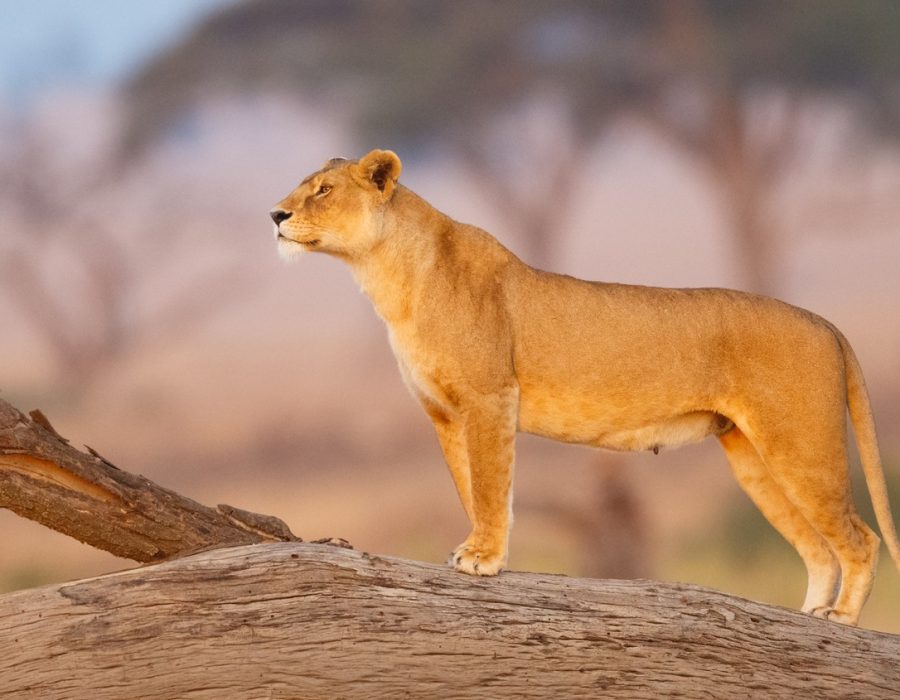
You wonder when is the best time to visit Masai Mara? Well, you can visit Masai Mara any time of the year. Still, due to different seasons and wildlife activities, the best time is recommended to visit the reserve for optimum wildlife sightings and great experiences. Below are months by season of when to visit Masai Mara:-
During this time, the weather is hot and dry, and January to March is the best time to spot the big cats and other wildlife species. Wildlife animals spend time at the water holes and water pans, making it easy to spot them. We refer to this season as the high season.
The long rains that start in mid-February, help wildlife and especially the wildebeest calves during the calving season in Ndutu Conservation Area and Serengeti South to feed and have enough food and water. But also the rains are quite important in Masai Mara Reserve as lots of animals depend on the much-awaited rains for food and water.
In the April to May Season of the year, the months are wet with lots of rain and muddy terrains, lots of greener grounds, and a bit chilly and cold. It’s not recommended to visit this time if you would love to spot wildlife, it will be difficult to see them, due to the abundance of water and food.
It is recommended to visit this time if you would love to enjoy the exclusivity of luxury camps at great offers in Masai Mara. There are a lot of safari accommodation offers that tend to run during this season in Masai Mara and to enjoy the luxuries, it’s best to visit this time.
This is the best month to witness the amazing wildebeest crossings in the major Mara Rivers in Kenya and Tanzania. The months of July to October, are noted to be the peak season in terms of tourist guests visiting East Africa due to their best time and great weather for safari and beach holidays.
Thousands of Wildebeests cross to Masai Mara for their annual great wildebeest migration and create amazing scenes, that are thrilling and captivating as they cross the Mara river high cliffs.
During November and December, the weather is favorable with little showers in November, which are short rains, and hot temperatures in December all through the holidays till January. This is also one of the best times to visit Masai Mara National Reserve.
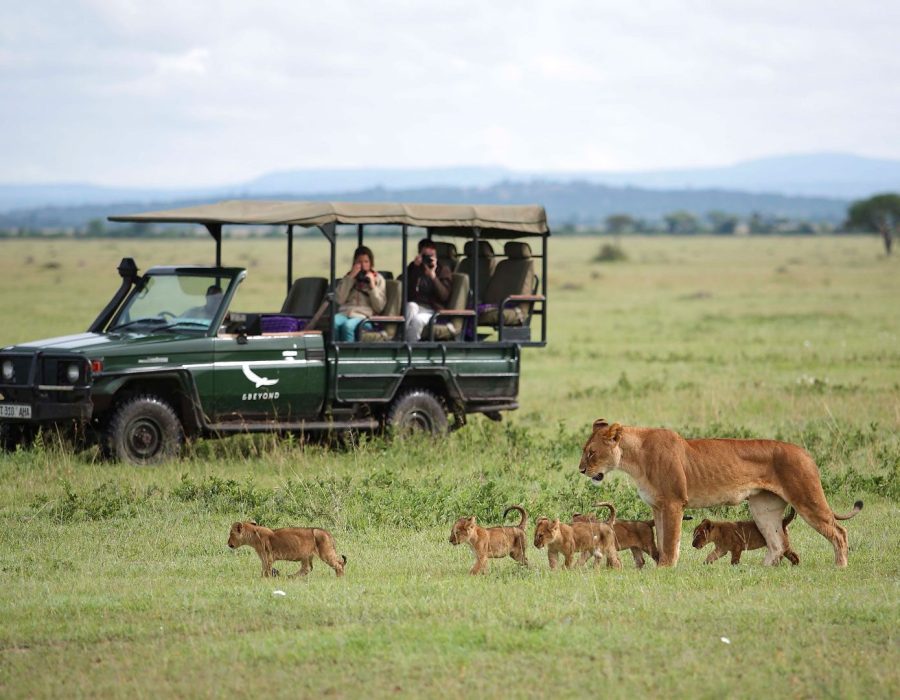

Without knowing any better, you would probably think that the Masai Mara climate would be very hot and dry. It’s typically what you would expect when thinking of Africa, a hot and dry place, but rather receiving good rainfall.
However, the Masai Mara altitude causes its climate to be cooler and wetter than you would expect it to be. Situated at an altitude varying from 1500 to 1900 meters, you can expect pleasantly warm daytime temperatures and much cooler nights. So, don’t forget to pack a sweater for the early morning game drives.
The weather and climate in Masai Mara are ideal for safari travel year-round. Average daytime temperatures are comfortable, evening temperatures can become quite chilly. It is located on the lower side of the Mau Forest serves water to the main Mara River, and brings rain frequently into the reserve.
On average it rains approximately 1400 millimeters (55 inches) per year in Masai Mara. You are most likely to encounter a rain shower in April and least likely to feel raindrops in July. The Masai Mara has two rainy seasons: the short rainy season is in November and December and the long rainy season is from March–May. The heaviest rainfall can be expected in April, however flooding can occur in both rainy seasons.
The average daytime temperature of Masai Mara is around 25 degrees Celsius (77 degrees Fahrenheit). Nighttime lows are around 15 degrees Celsius and (50 degrees Fahrenheit). It’s generally sunny and dry, with only an incidental rain shower.
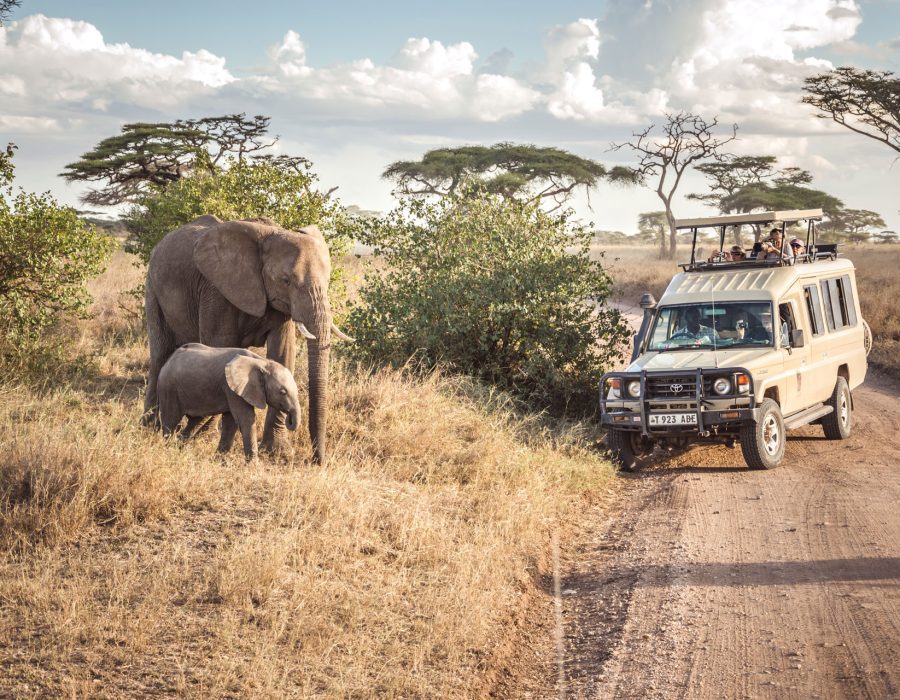
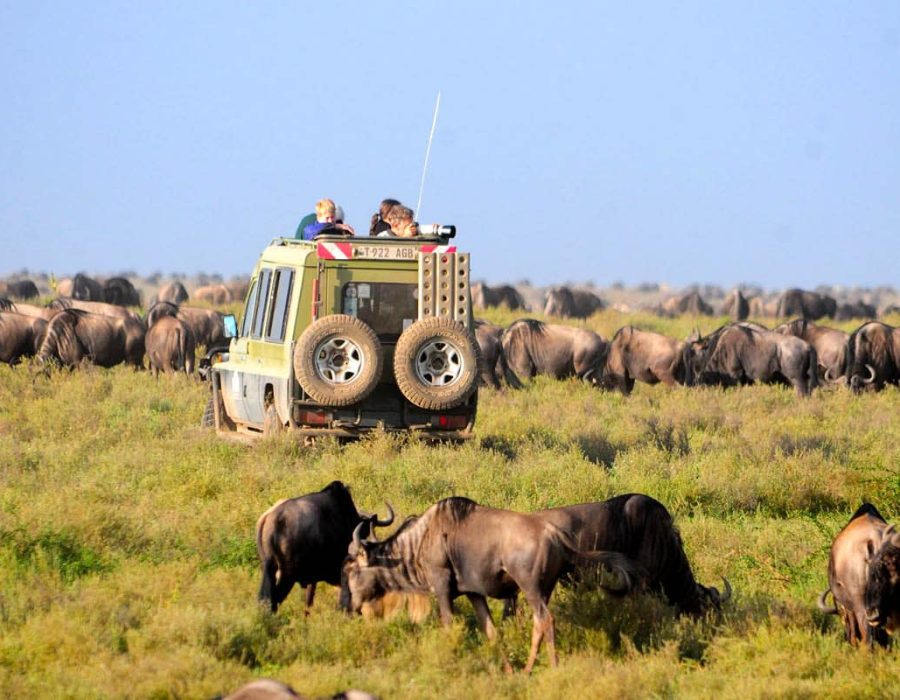
Masai Mara National Reserve is located in the South West of the capital city Nairobi. It’s 7 hours drive by road, and 45 minutes by flight. You can access Masai Mara easily by road, which is the commonly used form of transfer used to take guests to Masai Mara. You can access Masai Mara by road through the 5 most known gates such as Sekenani Gate, Talek Gate, Musiara Gate, Oloolo Gate, Ololaimutiek Gate.
If you love exclusivity and not staying on the road long, a flight from Nairobi to Masai Mara would be ideal for you. The Masai Mara has numerous airstrips that serves different safari camps and lodges. A few of the best airstrip in Masai Mara such as Ol Kiombo Airstrip, Kichwa Tembo Airstrip, Keekorok Airstrip, Mara North Airstrip just to mention a few.
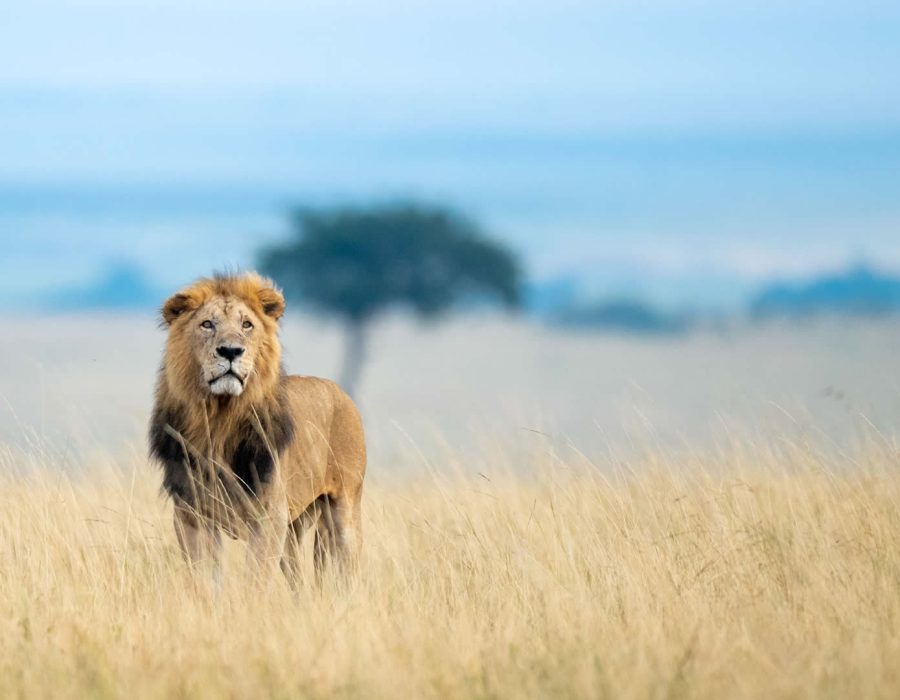
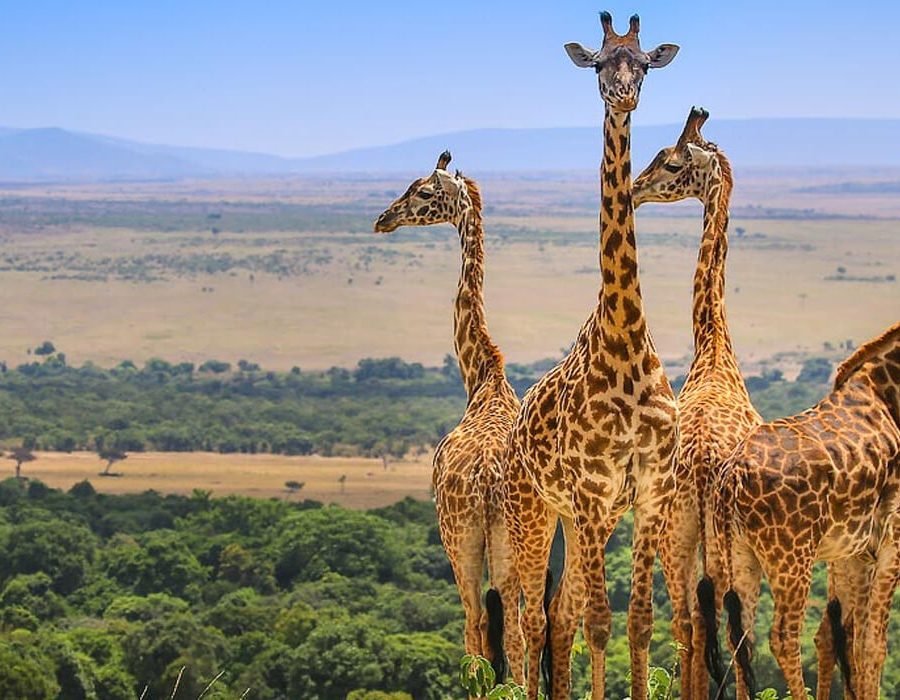
The below Serengeti Map shows the exact location. Expand it to see more details, surrounds, and directions of where you could be coming from, to help you access it easier and better.
| Details Non Residents Rates | Peak Season July to December | Low season January to June |
|---|---|---|
| Adults | USD 200 | USD 100 |
| Children / Students | USD 50 | USD 50 |
| Details – Kenyans and Residents Rates | Peak Season – July to December | Low season January to June |
|---|---|---|
| Adults | KES 3000 | KES 1000 |
| Children / Students | KES 1000 | KES 1000 |
We have had so many people miss availability for their migration safaris in 2025. Contact us now to secure your spot for this amazing spectacle in 2026.
Get notified about new wildebeest sightings